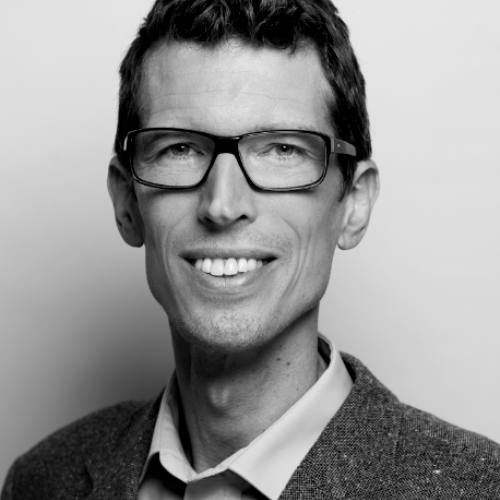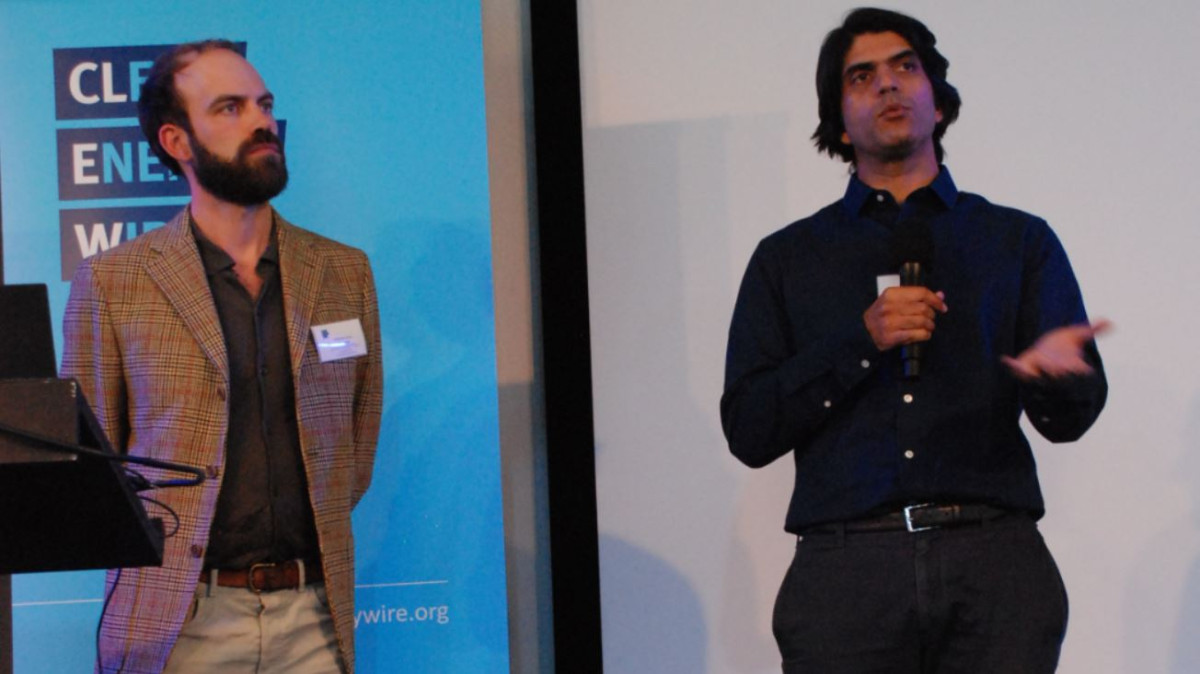Journalists must cover “zany” climate solutions – with extra care
***Please note: This article is part of a recap of CLEW's 10th anniversary conference ***
Read our other recaps:
“Futuristic” technologies to address the climate crisis – such as geoengineering, large-scale carbon removal, or nuclear fusion – pose a tricky moral hazard not only for researchers and policymakers, but also for energy and climate journalists. How can we inform the public about the rapidly growing research into these ideas without suggesting we can ignore emissions reductions in the present?
During my work at Clean Energy Wire, I repeatedly faced this dilemma. Germany’s research minister Bettina Stark-Watzinger, a Free Democrat, has been pushing fusion technology as a “huge opportunity to solve all our energy problems”. She even suggested at one stage that a German fusion reactor could be connected to the grid “in ten years” – an unrealistic timeframe that was widely ridiculed. Most critics agreed that her party’s enthusiastic embrace of nuclear fusion was wishful thinking, and a harmful distraction from immediate emission cuts.
I saw many other similar examples where the potential of these technologies was used as an excuse to delay climate action, tainting my view of the entire field. Sometimes, subconsciously, I dismissed these technologies as harmful “techno solutionism” – a derogatory term to describe the idea that all problems can be solved by new technology, including the problems created by older technology.
Full disclosure: When we drafted the CLEW Conference programme, I even proposed describing Alok’s and Eli’s dual keynote as a talk about “techno solutionism” – which we changed to avoid setting a negative tone from the get-go.
Of course, they were right: Immediately dismissing these approaches risks throwing the baby out with the bathwater. We as journalists must strike a careful balance. A German fusion reactor in ten years’ time is obviously pretty unrealistic. But that should not lead us ignoring the potential of this technology.
During his speech, Alok reported that not only journalists, but also many respected climate scientists, are refusing to engage in a conversation about these technologies for fear of inspiring false hopes, losing credibility, and delaying immediate action. But he insisted that both ignorance and removing topics from a debate are “never a good idea” – especially in light of accelerating climate change, and the risks associated with irreversible tipping points. Let’s not rule out a certain class of solutions – humanity could depend on them as an emergency brake. That’s why Alok insists the Economist must also cover “zany ideas”.
Eli’s point that some of the solutions dismissed as too futuristic may, after all, not be that novel really stuck with me. With reference to geoengineering, he reminded the audience that humanity is in trouble because it is constantly engineering the climate, albeit in the wrong direction. “It’s a meaningless term because anything we do is geoengineering,” he said. The same applies to more specific ideas, such as solar radiation modification. “We’re doing it all the time by choosing black roofs over white roofs, or by creating condensation trails while flying.”
Both Eli and Alok urged journalists to cover these topics, while applying an extra dose of caution. “Journalists are well placed to distinguish between serious ideas and false solutions” pushed by the fossil fuel industry, said Eli. He insisted that it was the job of journalists to help the public understand the various technologies’ basic concepts in order to enable a debate about them. In a similar vein, Alok urged other journalists to apply “radical transparency” and fairness rather than false balance when reporting on these issues, to help readers make up their own mind.
In the end, it comes down to applying the well-known advice from journalism professor Jay Rosen: “It's not your job, as journalists, to tell people what to think. But it is your job to alert them to what they need to think about.”


